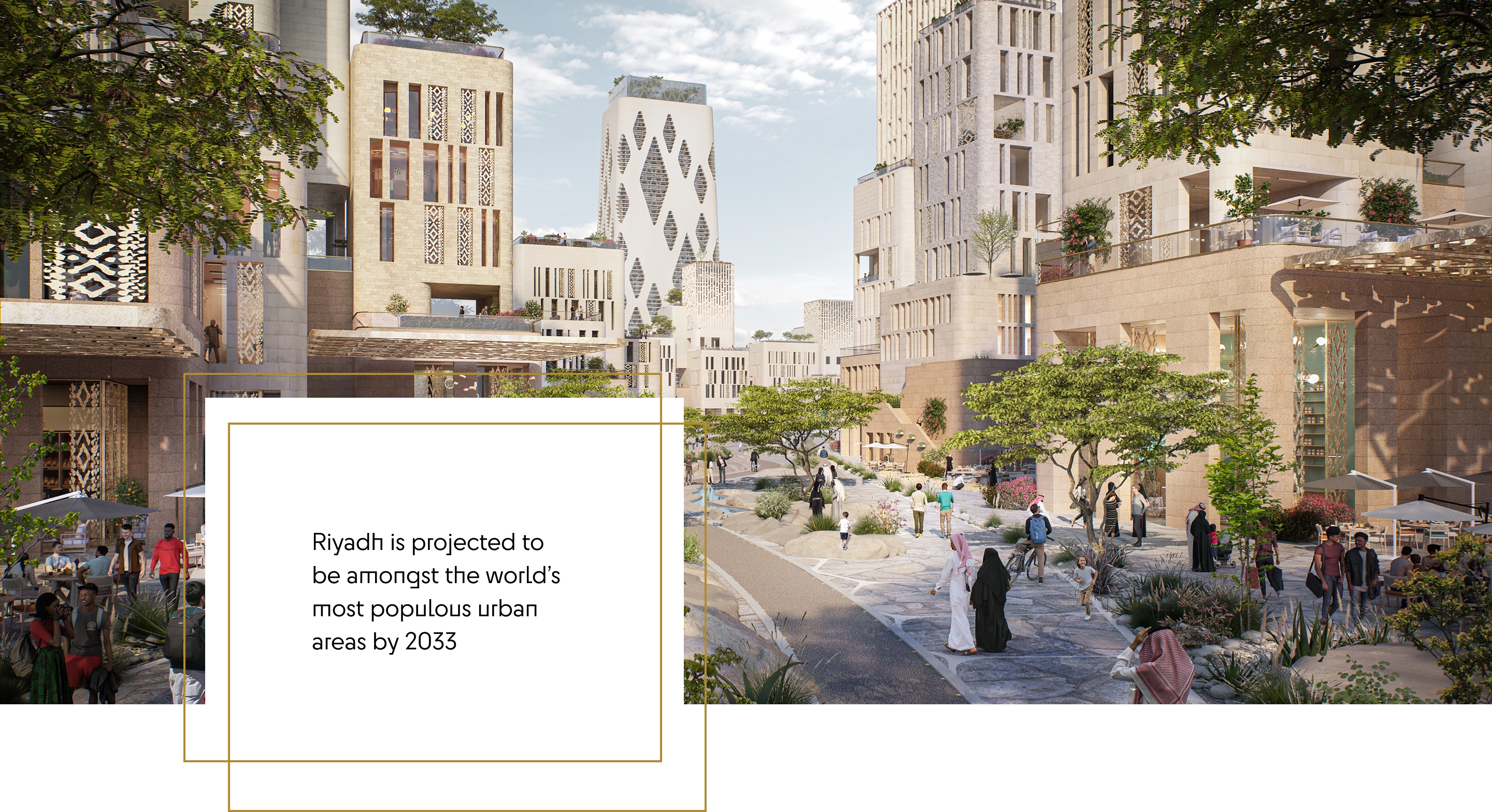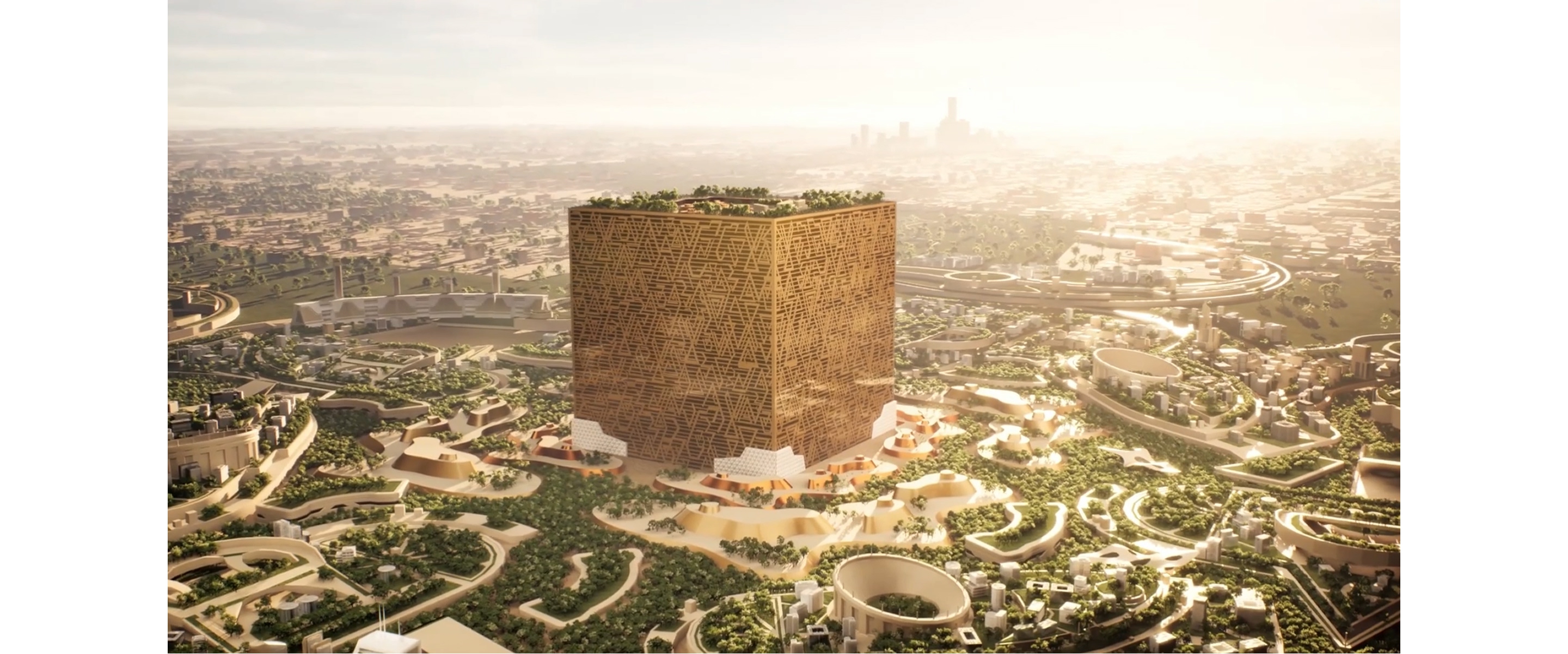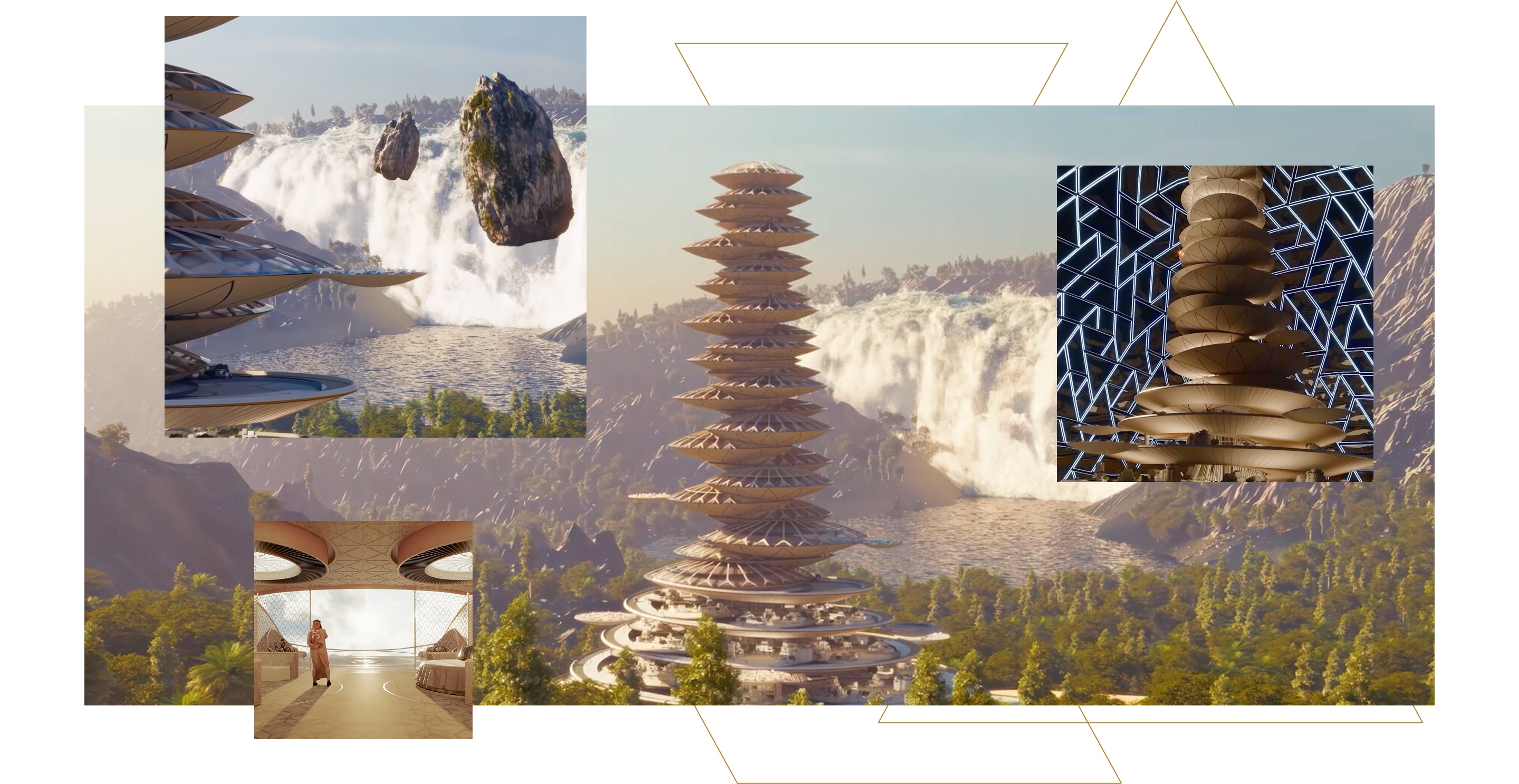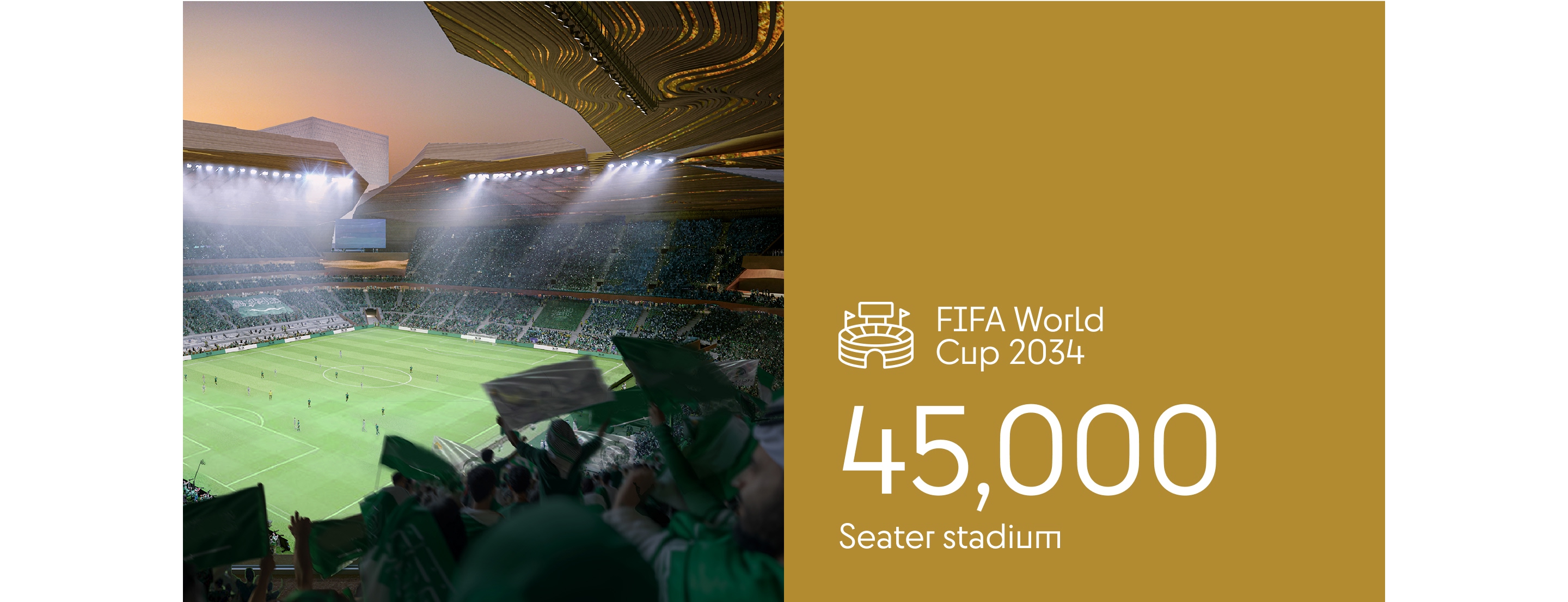The Downtown of Tomorrow

Our cities are growing, and fast. By the year 2050, two thirds of the world's population will live in urban areas. And as these populations continue to grow, so too will the demands on our cities.
Riyadh, with a population of nearly 8 million, is growing at a record pace - projected to be amongst the world’s most populous urban areas by 2033. New Murabba, the city's upcoming downtown, is an essential part of the Saudi capital’s development plans.

New Murabba has been designed to accommodate the urban challenges of tomorrow. Conceptualized as a 15-minute, tech-enhanced and green space, the urban development will be able to adapt to the needs of its people as the city grows.
“Cities today are going to become full. Riyadh is an amazing city - but it's a busy city, and it's a city with low density,” says Michael Dyke, Chief Executive Officer of New Murabba.
“With New Murabba, we have the opportunity to design a city which is born smart. So when the city adapts and evolves, there is already space to accommodate different needs that we don’t yet know today – which I think is a real game changer.”

New Murabba has already claimed prime location in Riyadh - at the crossroads of major highways, with direct access to the city’s King Khalid International Airport.
Within the development itself, cars will be replaced with sustainable mobility solutions – from autonomous vehicles and EVs to biking and walking paths – encouraging vibrant community life, with nature on the doorstep and amenities close by.
A mix of residential, office and retail space will be distributed across the development -- encouraging a live, work and play environment that will serve as a magnet for global talent.

Advancing residential space in Riyadh is vital. Two thirds of the country’s population is under 35, and New Murabba is designed around apartment dwelling -- offering opportunities for the younger generation to have homes of their own, alongside easy access to schools, work and leisure.
“Modern cities have been established around the primacy of the automobile – and have probably forgotten about people a little bit,“ says Chief Development Officer Carl Schibrowski. “The guiding factor for New Murabba is liveability – it will guide how we assemble all these components.”

Another early priority will be hospitality, followed closely by plans to build shopping and retail destinations. At each stage of the development, New Murabba is looking to partner with world-class talent.
“We’re looking at every single component of the development and saying, who's the best partner to come in and help us deliver on each element, so that we’re structurally being set up for success,” adds Schibrowski.

At the heart of the New Murabba development will be the Mukaab - a structure 400 meters in height, width and length that will be the largest in the world, designed for residents, visitors and tourists alike.
Salmani architecture – a blend of modernity and tradition introduced by King Salman - will be displayed across the façade, and heritage architectural techniques will inspire throughout. The Mukaab will both redefine the skyline and become an icon synonymous with the Saudi capital.

Inside, a structural dome will transport visitors to another world.
Virtual reality screens spanning 400,000 meters will carry audiences hundreds of kilometres away. Sensory technology will recreate natural environments - such as wind, or the ocean – to deliver a completely spellbinding and immersive experience.
“We are pushing the boundary in LED technology, in holography technology,” says Christopher Johnson, CEO of the New Murabba Experience Studio. “Once these technologies are founded and tested and used within the Mukaab, they will undoubtedly be sought after for other aspects of life and use and experience around the world.”

At the centre of this dome will be a 330-meter spiraling tower, which will host luxury, retail and F&B experiences. All the elements needed to give it this tower life – power, air water – will need to be brought in from below, making the tower in itself an engineering marvel.
Once completed, the Mukaab hopes to draw 90 million international and domestic visitors a year – setting a new standard in architectural and experiential luxury, and paving the way for a new era in Saudi Arabia.
“The objective is for you not to feel that you’re in a building—you could be in the middle of the desert, under the ocean, on Mars,” says Tareq Almusharaf, Chief Financial Officer of New Murabba. “It goes beyond being a building. It goes beyond being an icon. It is meant to be a source of inspiration.”

International visitors are a key market for New Murabba.
This year, the company revealed designs for its stadium – a 45,000-seater space that is architecturally inspired by Saudi heritage and land. It will be ready in time to host the FIFA World Cup 2034, supporting Riyadh’s ambitions to become a global destination for sports and entertainment.

The stadium’s facade is inspired by the Acacia, a tree commonly found in Wadi Hanifa – Riyadh’s longest and most cherished valley – maintaining New Murabba’s architectural philosophy that pays tribute to its heritage and roots.
Since opening its doors to international visitors in 2019, Saudi Arabia is already welcoming visitors at unprecedented rates. More than a 100 million tourists visited in 2023, according to the World Tourism and Travel Council – ahead of its 2030 target. The tourism sector now represents 11.5% of the entire Saudi economy.
New Murabba, and its entertainment spaces, are strategically placed to welcome these international visitors.
“Having a stadium located in New Murabba is an opportunity for us to showcase the development as a whole,” says Ashwaq Albabtain, Senior Development Manager.
“It’s my responsibility as a Saudi to make sure that as we think about future development, we still maintain the connection with our culture. I can’t wait for us to welcome the world.”
